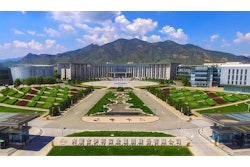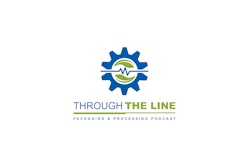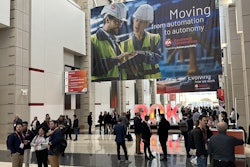Nearly two years on, supply chain problems continue, but they’re not the same as they were then. I spoke with him again at the end of January 2022 to catch us up to now and see what the future holds.
“The issues that we’re dealing with right now are unique, even compared to 2020,” Eshkenazi says. “We have a consumer base that has increased its demand for products and services like no other time in our history. It comes on the heels of a pandemic where everybody was locked down, and we saw a significant shift in the way that organizations and companies can deliver to the consumer. We’re now seeing that the consumer has higher expectations than before. And yet with e-commerce and all the challenges that we now have with warehousing, with trucking, with logistics, we’re not able to catch up to the spikes in demand that are now upon us.”
CPGs are victims of their own success. They’re now held to a practically unmeetable combination of 1.) demand for a wide variety of nearly customized products, and 2.) high expectations for how (and how quickly) these products make their way to the consumer.
“That’s the main reason we’re seeing shortages in a variety of different products and services, it’s a problem of heightened demand,” Eshkenazi says. The main reason, sure. But that’s not all.
He also can’t discount the pandemic issue in China, saying they are still closing ports and cities for what we would consider to be low numbers of infected people. That has a big impact on the shipping containers coming to the U.S. We all know about the ports and the backlog there, but there’s also a related issue of getting the empty containers back to China. For CPGs, it’s the global nature of the supply chain that has teeth. We can’t account for all the inputs, much less the inputs to those inputs, that are out of our control.
Add recent impacts from Omicron and labor shortages, and Eshkenazi describes it as “almost a perfect storm” for not being able to meet consumer expectations. He says, though, that the path through hinges on good data and the digital transformation.
“The challenge that almost every organization has right now is data,” Eshkenazi says. “And it’s not a lack of data, rather it’s the quality of the data that they have to make the necessary changes. This is where predictive versus prescriptive information is starting to make a difference with organizations, especially on their advanced analytics and being able to use data to predict what consumer demand will be, and how they’re going to meet it. When we’re talking about an organization’s ability to shift their production, it challenges them because if they were effective before the pandemic, they probably had a very lean and efficient supply chain. That means fewer vendors. And that means your tier one suppliers are often your primary source of supplies. But what we didn’t account for was the tier two and tier three suppliers. In our design of Just in Time (JIT), low inventories, high availability in terms of the variety of products, reasonable cost, reasonable prices, rapid delivery, this is what consumers expected before, and still do. What we didn’t prepare for was the Just in Case.”
Three factors Eshkenazi tells CPGs to watch for in supply chains for the near future, knowing what we know now.
• Advanced automation and analytics. Organizations are investing in collection and employment of data for visibility into what’s really happening in the market, so they can have the agility to change to accommodate disruptions. “The watch word here is disruptions. We do not anticipate disruptions to reduce, but to increase, and we don’t know what form they’ll take, pandemic or otherwise,” he says.
• Workforce development. As organizations are investing in technology and in their digital transformation, they need to ensure that they have the right individuals with the right capabilities. Consider the ongoing labor shift from operator to technician mentality.
• Greater upstream and downstream visibility. This includes not only visibility into your suppliers, but also retailers and end consumers. Successful organizations will be characterized by being much closer to their suppliers so that you understand the challenges that they have, and also to their consumers due to data collection that used to only be possible at the retail level.






















